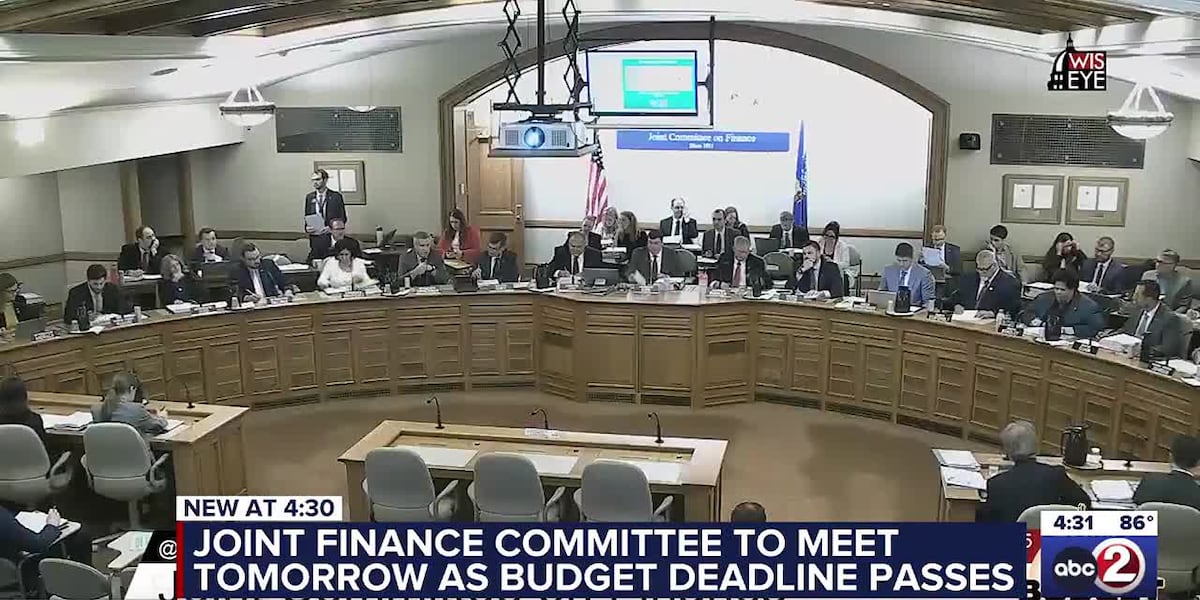Massive Debt Sales Ahead: How the Megabill Will Fuel Short-Term Borrowing and What It Means for Aussie Investors

The Megabill's Impact: A Surge in Short-Term Debt
The recently passed megabill has significant implications for Australia's financial landscape, particularly regarding government debt. While the bill addresses crucial spending priorities, it also necessitates a substantial increase in borrowing to cover the resulting deficit. Expect a noticeable uptick in the issuance of short-term Treasury bills as the government seeks to finance its operations.
Why Short-Term Debt? A Cost-Benefit Analysis
The decision to favour short-term Treasury bills over longer-term bonds, like 10-year Treasurys, appears driven by cost considerations. Issuing shorter-term debt can be cheaper in the immediate term, especially when 10-year yields are hovering around 4.35%. The government is essentially capitalizing on current market conditions to minimise borrowing expenses.
The Risks of Short-Term Reliance: A Volatile Path
However, this strategy isn't entirely risk-free. An over-reliance on short-term funding introduces vulnerabilities. The cost of borrowing can fluctuate significantly in the short term, potentially leading to higher financing costs down the line. Imagine interest rates rising – the government would then face increased expenses to refinance that debt. This volatility is a key concern for financial analysts.
Understanding the Dynamics for Investors
For Australian investors, this situation presents both opportunities and challenges. The increased supply of Treasury bills could temporarily depress their prices, potentially offering a buying opportunity for those seeking stable, low-risk investments. However, it’s crucial to monitor interest rate trends and the overall economic outlook. A rising interest rate environment could erode the value of these investments.
Looking Ahead: A Balancing Act
The government faces a delicate balancing act. They need to manage the deficit while mitigating the risks associated with short-term debt. A diversified funding strategy, incorporating both short-term and long-term instruments, would offer greater stability. Ultimately, the success of this approach will depend on the government's ability to navigate the complexities of the financial markets and maintain investor confidence. Keep an eye on inflation data and Reserve Bank of Australia (RBA) policy decisions, as these will heavily influence the trajectory of interest rates and the cost of government borrowing.
Key Takeaways for Aussie Investors:
- Expect increased issuance of short-term Treasury bills.
- Consider the potential for volatility in interest rates.
- Diversify your investment portfolio to mitigate risk.
- Stay informed about economic indicators and RBA policy.






